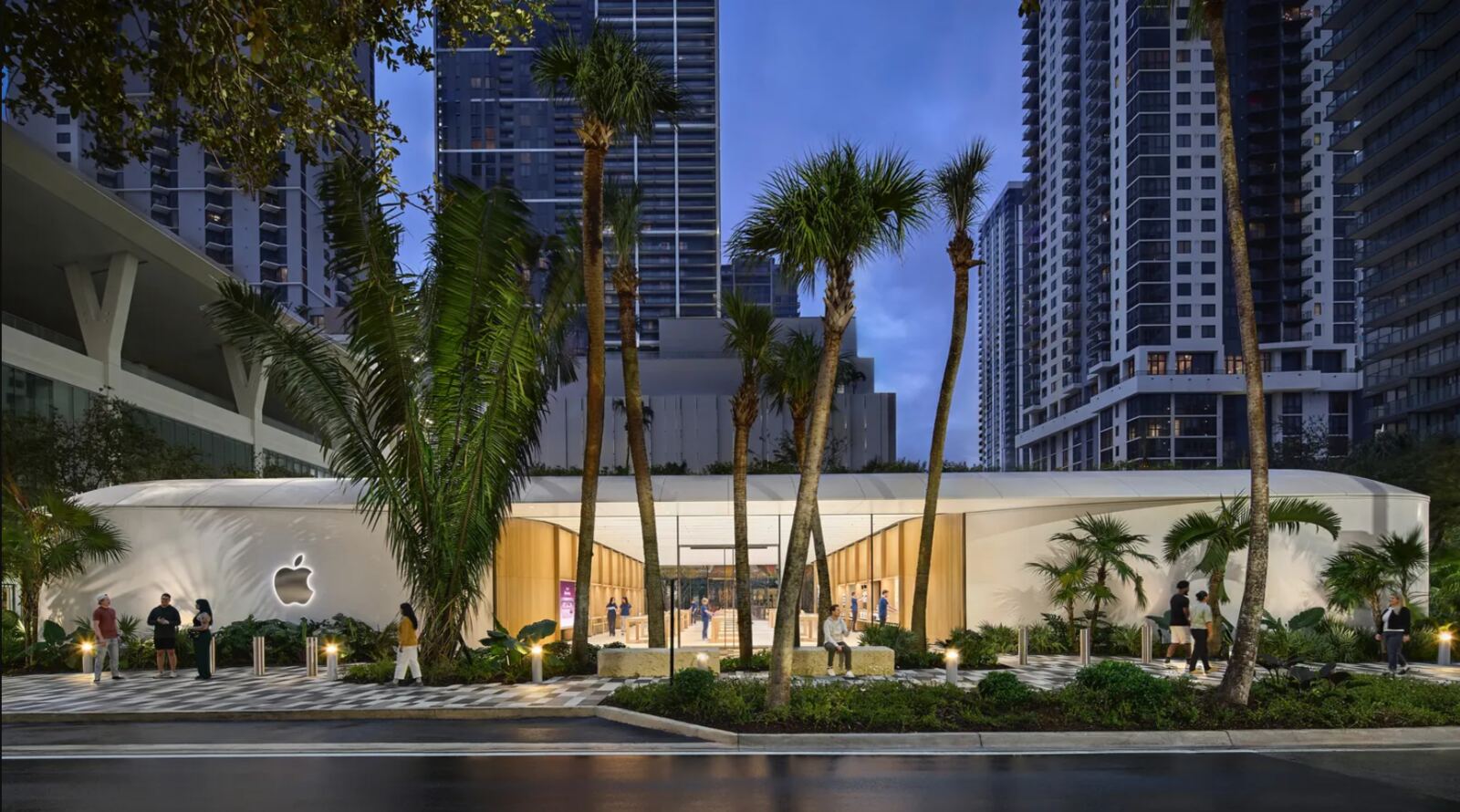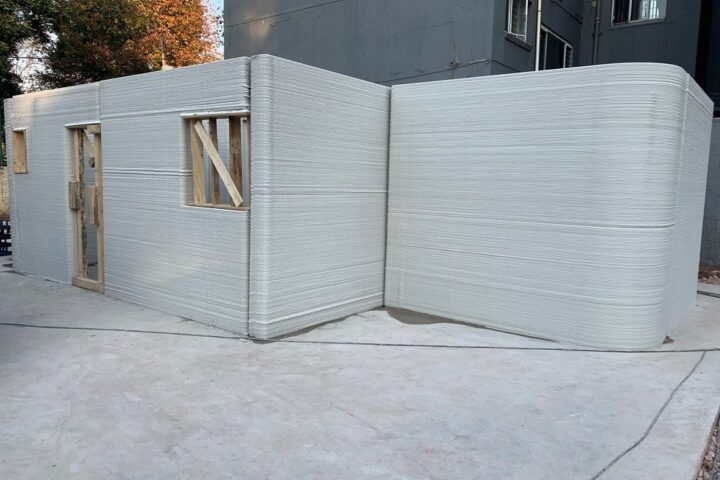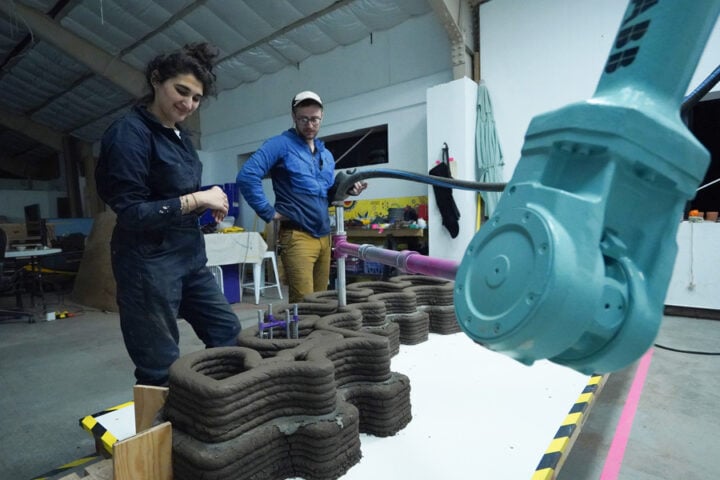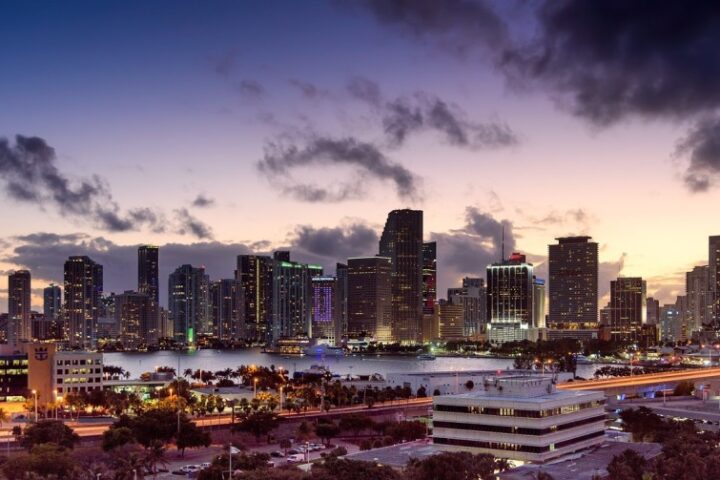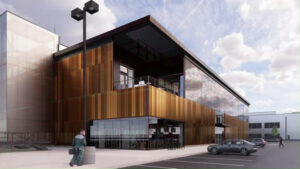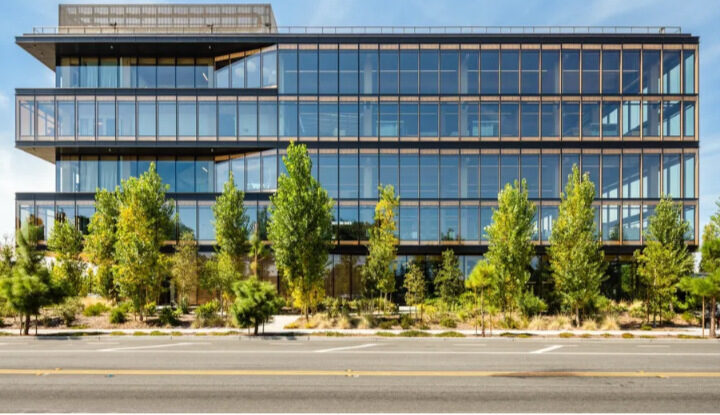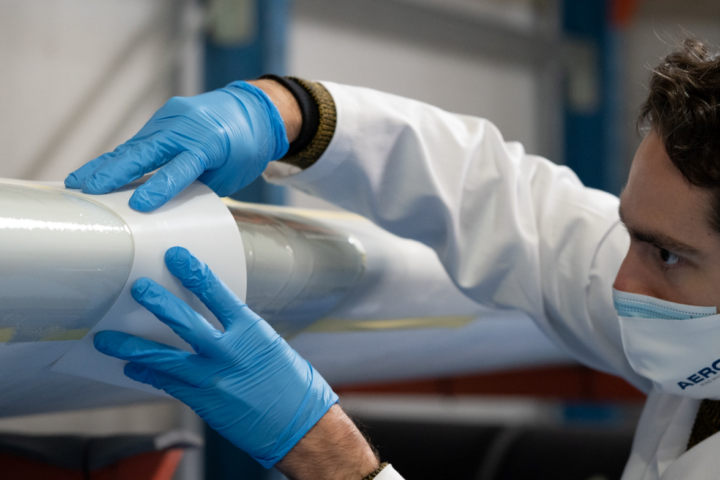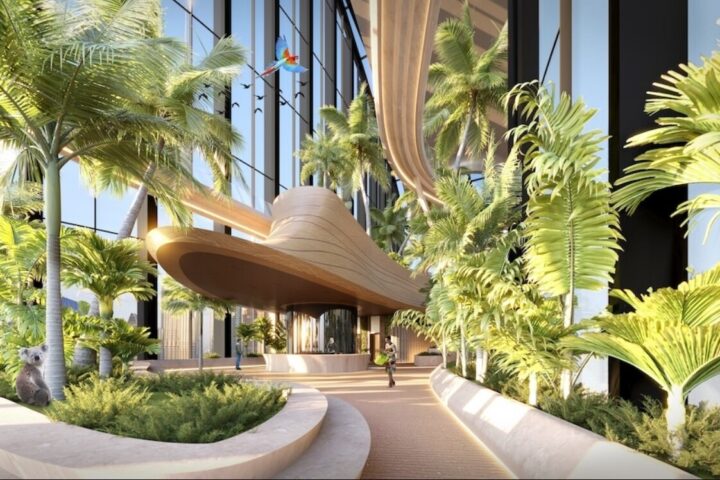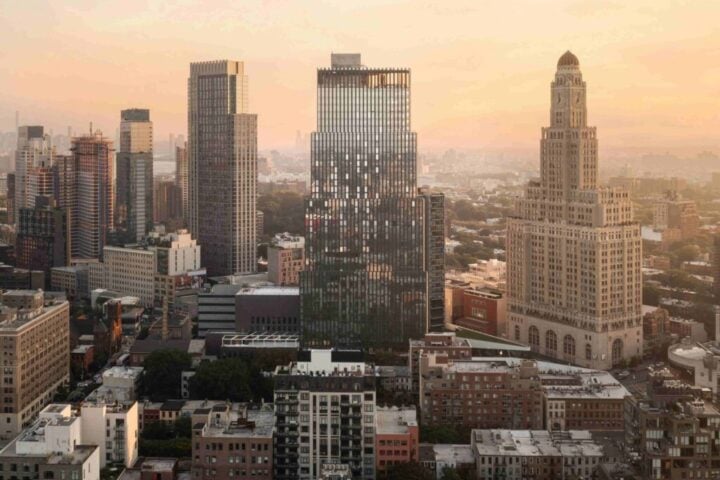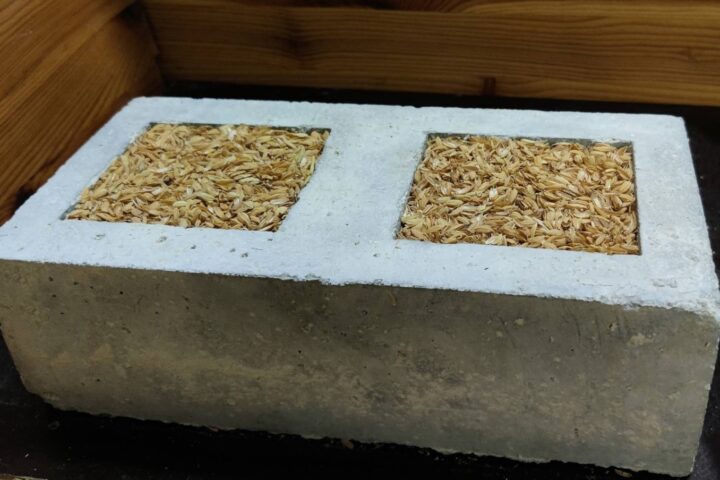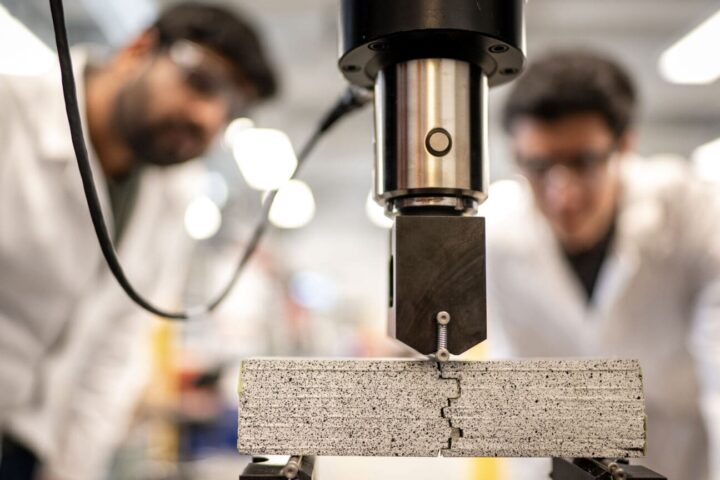Apple’s newest store in Miami shows how wooden buildings can work in modern retail. The Miami Worldcenter store, which just opened, is built mainly with wood from nearby sources – a first for any Apple store.
“We wanted to use materials we could get locally and cut down on environmental impact,” says BJ Siegel, who leads store design at Apple. The wood comes from certified sustainable forests, meaning new trees replace the ones used.
The store brings Miami’s style into its design. Its curved roof and flowing walls remind visitors of the city’s famous art deco buildings. The wooden structure adds to Apple’s efforts toward environmental responsibility.
Instead of just putting a few plants inside, Apple surrounded the whole store with a garden. The roof is also covered in plants, which people can see from nearby buildings. These green spaces enhance the building’s connection with nature.
Similar Posts:
Inside, everyone can shop comfortably. The tables come at different heights, making it easy for all customers to try products. There’s space for fixing devices, buying items, and trying Apple’s new Vision Pro headset.
“Miami has its own special culture and energy,” says Deirdre O’Brien, Apple’s retail chief. “Our new store captures that spirit while offering personalized shopping help that only Apple can provide.”
The store runs entirely on renewable energy. While exact numbers aren’t provided, the use of mass timber contributes to a significant reduction in the building’s carbon footprint, according to Apple.
What’s still unclear is how well the garden areas will grow over time and exactly how much energy the building saves. These details would help show if this new way of building stores really works better for both the environment and shoppers.
